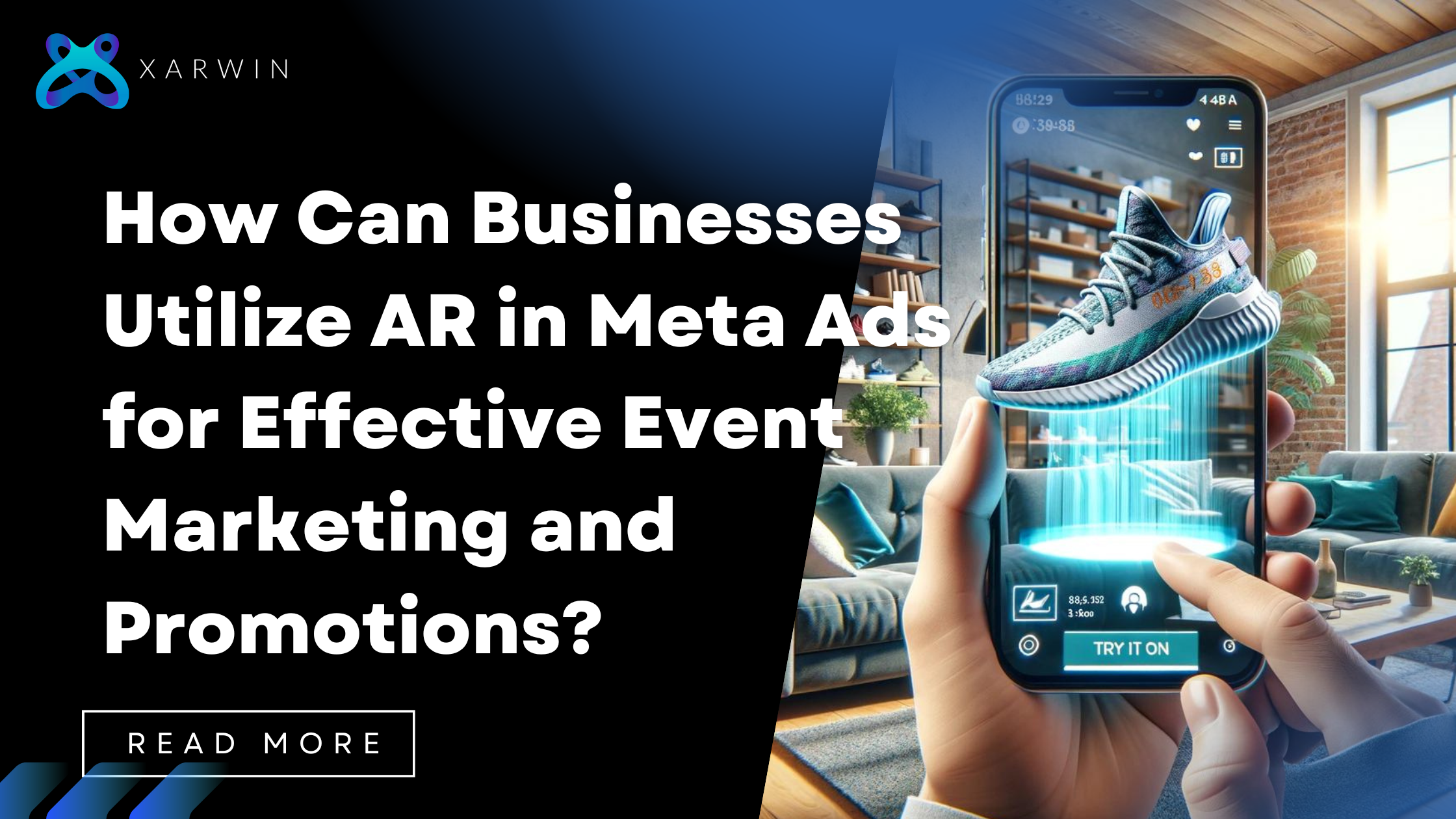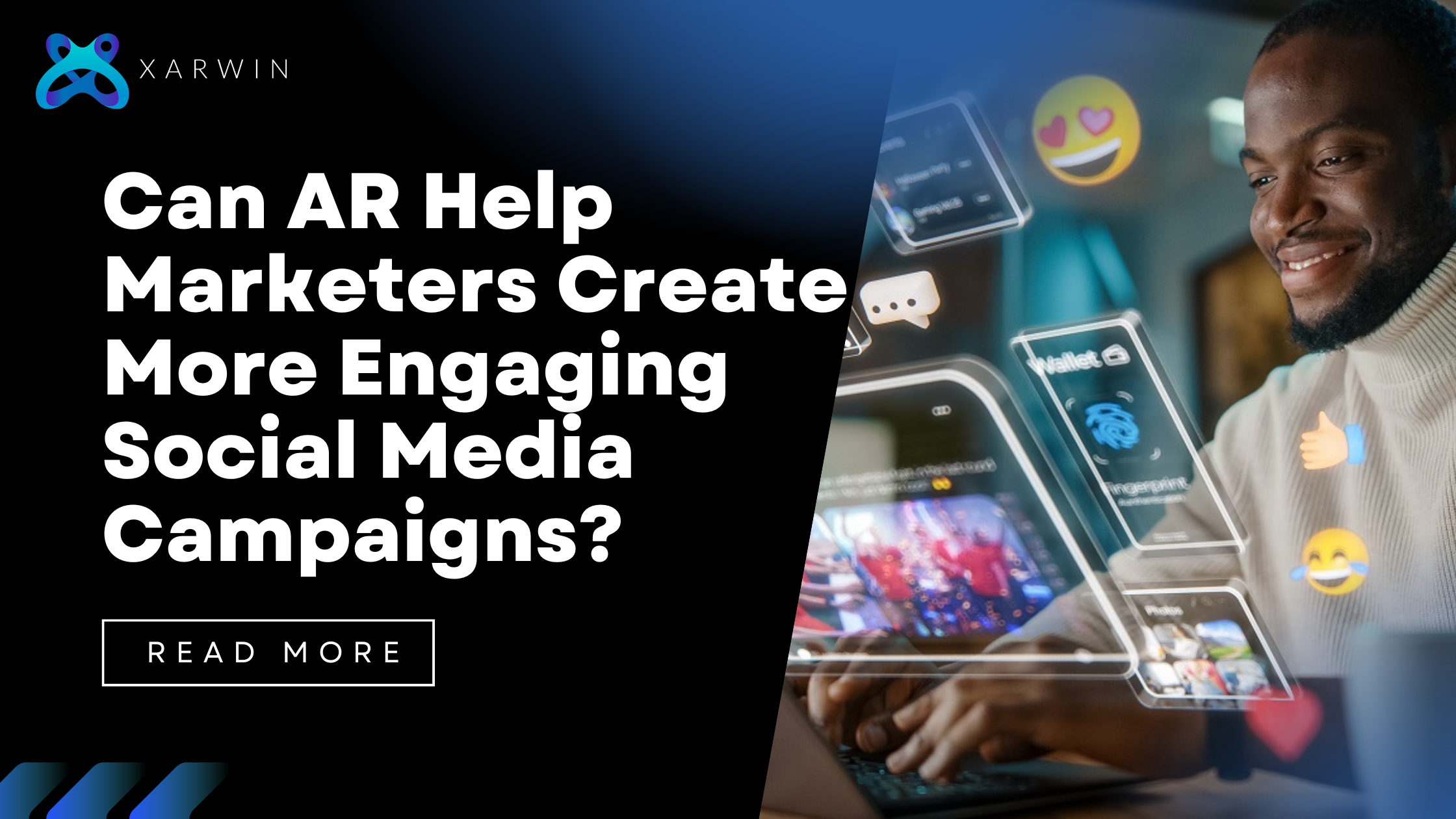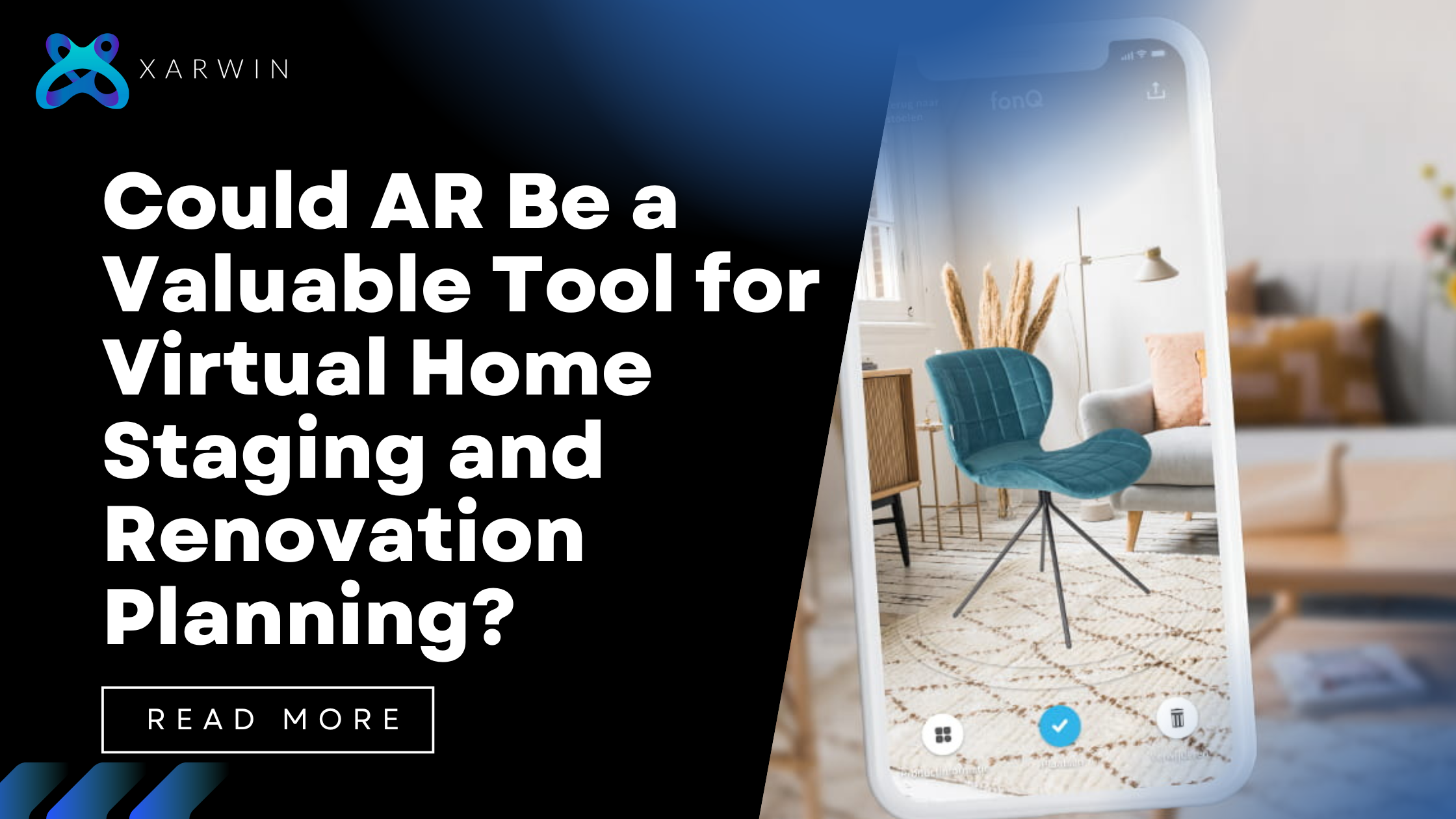Meta ads and augmented reality:
Augmented Reality merges the real world with the virtual world through coexistence and top-level perception, adding digital elements such as images, videos, and 3D models to the real-world environment. Meta Ads, now a part of the Facebook community, can employ AR technology to deliver interactive promotional content directly accessible to users on their devices. Businesses have the opportunity to create interactive adventures with AR integrated into their ads, rather than regular ads, leading to higher engagement and conversions.
Enhancing Event Marketing with AR in Meta Ads
1. Interactive Previews:
AR in Meta Ads enables businesses to provide their target audience with the possibility to preview their events. For example, a company hosting a music festival can develop an AR ad that allows users to visualize a virtual plan of the venue, check the list of artists, and even listen to their songs on the go. This keeps the target audience engaged and provides valuable information that converts into action – encouraging them to learn more and attend the event.
2. Virtual Try-Ons and Product Demonstrations:
For businesses in the fashion, beauty, or retail industries, virtual try-ons in Meta Ads are possible through AR. Users can see what an outfit looks like, try different looks, or visualize how certain furniture looks in their living rooms before making a purchase. By offering these immersive experiences directly within ads, businesses can drive conversions by reducing purchase hesitancy and increasing confidence in their products.
3. Gamified Experiences:
Gamification is a proven strategy for boosting engagement, and AR in Meta Ads provides the perfect platform for businesses to gamify their event marketing efforts. Whether it’s a scavenger hunt-style game leading up to the event or an interactive quiz related to the event’s theme, incorporating gamified elements into AR ads can incentivize participation and foster a sense of excitement among users.
4. Virtual Event Tours:
In the current era of hybrid and virtual events, AR in Meta Ads can make virtual event tours real and functional. Users can explore the venue and its main highlights without leaving home. Organizations can feasibly construct walkthrough simulations that are interactive and feature their main event highlights such as sponsor booths and performance previews. These virtual tours can lead to an increase in ticket sales and boost event attendance.
5. User-Generated Content Integration:
A UGC approach is a potent means to build a community and amplify brand awareness. Meta Ads can be humanized through AR, allowing businesses to invite people to experience and share their own AR experiences related to the event. This could involve tailoring AR filters or effects, virtual wallpapers, and stickers, or even AR submissions for competitions or contests. By empowering engagement, businesses make the audience an integral part of content creation, creating a sense of ownership and belonging within the audience.
Best Practices of AR in Event Marketing Advertising on the Meta Platform:
1. Keep it Interactive and Entertaining:
Ensure that your AR experiences include fun and sometimes even competitive elements. The more interactive and appealing your ad is, the longer users will engage with it.
2. Provide Value and Utility:
Keep in mind the user experience by delivering tangible value through your AR content. Whether it’s providing useful information, virtual try-on experiences, or introducing users to an entertainment world of gamified interactions, utility will always be the key to meaningful engagement.
3. Optimize for Mobile:
As Meta Ad campaigns are primarily run on mobile devices, optimize AR experiences to render smoothly on mobile screens. Keep the content lightweight and quick to load to offer a seamless experience across different devices and internet connection conditions.
4. Encourage Social Sharing
Make it easy for users to share their AR experiences with others on social media. Include share buttons or calls-to-action within your ads to encourage users to spread the word and amplify your brand’s reach organically.
5. Measure and Iterate
Leverage analytics tools provided by Meta Ads to track the performance of your AR campaigns. Pay attention to metrics such as engagement rates, click-through rates, and conversions to gauge the effectiveness of your efforts. Use these insights to refine your strategies and optimize future campaigns for better results.
Conclusion
Incorporating Augmented Reality into Meta Ads offers businesses a powerful way to elevate their event marketing and promotions. By creating immersive and interactive experiences, businesses can captivate their audience’s attention, drive engagement, and ultimately boost conversions. By embracing AR technology and leveraging the reach of Meta Ads, businesses can stay ahead of the curve in an increasingly competitive digital landscape, delivering memorable experiences that leave a lasting impression on their target audience.
As a trailblazer in augmented reality (AR), Xarwin combines innovation with a user-centric approach to redefine industry standards. Its team of expert engineers, designers, and strategists excels in crafting immersive AR experiences across various sectors. With each project, the company not only meets current demands but also shapes future trends, establishing itself as a leading force in the AR landscape.





